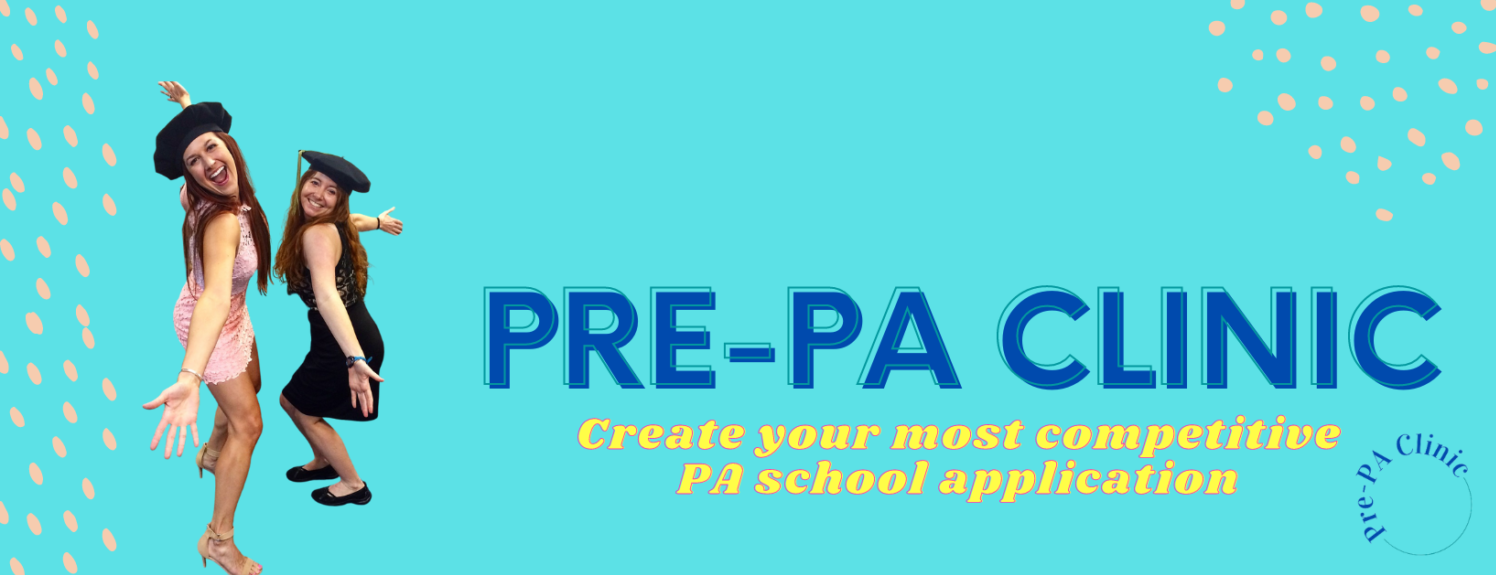
Finding a PA to shadow can be one of the most challenging parts of your PA school preparation, but it doesn’t have to be. A well-crafted email or LinkedIn message can make all the difference in securing the opportunity to learn from an experienced PA. In this blog post, we’ll walk you through how to write a professional yet approachable email or message and provide templates to get you started.
Why Shadowing Is Essential
Shadowing allows you to observe the daily responsibilities of a PA, gain insights into the profession, and confirm your interest in this career path. Most PA schools require shadowing hours, so securing these opportunities is a critical step in your journey.
How to Craft the Perfect Email
When emailing a PA to request shadowing, you want to be professional, concise, and polite. Here’s how to structure your email:
1. Subject Line: Clear and direct (e.g., “Request to Shadow You as a Pre-PA Student”).
2. Introduction: Briefly introduce yourself and explain your purpose for reaching out.
3. Specific Request: State what you are asking for (e.g., a chance to shadow them for a few hours or days).
4. Why Them: Mention why you’re reaching out to this specific PA (e.g., their specialty, location, or a referral).
5. Availability: Offer flexibility and a range of dates.
6. Gratitude: Thank them for their time and consideration.
7. Contact Info: Include your phone number and email for easy follow-up.
Email Template
Subject: Request to Shadow You as a Pre-PA Student
Dear [PA’s Name],
My name is [Your Name], and I am a pre-PA student currently [describe your status, e.g., “finishing my undergraduate studies at XYZ University” or “gaining clinical experience as a medical assistant”]. I am reaching out to see if you would be open to allowing me to shadow you to gain insight into your work as a PA.
I am particularly interested in [specific aspect of their specialty or career, e.g., “learning more about dermatology as a potential career path”] and believe shadowing you would provide invaluable experience as I prepare to apply to PA school.
I am flexible with dates and times and can adjust to your availability. Please let me know if this is something you would be open to and how I might arrange a time to speak or meet.
Thank you so much for your time and consideration. I greatly appreciate it and hope to learn from your expertise!
Best regards,
[Your Full Name]
[Your Phone Number] | [Your Email Address]
How to Reach Out on LinkedIn
If you’re not able to find a PA’s direct email or prefer to use LinkedIn for networking, you can craft a professional message there as well. LinkedIn messages should be even more concise than emails since professionals often skim their inboxes.
LinkedIn Message Template
Hi [PA’s Name],
I hope this message finds you well! My name is [Your Name], and I am a pre-PA student exploring different specialties as I prepare to apply to PA school. I came across your profile and was impressed by your work in [specific field or role, e.g., “family medicine”].
Would you be open to allowing me to shadow you for a few hours to gain insight into your role as a PA? I am flexible with my availability and happy to adjust to your schedule.
Thank you so much for your time and consideration—I truly appreciate it!
Best regards,
[Your Name]
Pro Tips for Success
1. Do Your Research: If possible, learn about the PA’s background or specialty before reaching out to personalize your message.
2. Be Persistent, Not Pushy: If you don’t hear back within a week or two, follow up with a polite message or email.
3. Be Respectful of Their Time: Acknowledge that they may have a busy schedule and express gratitude for any opportunity. You also need to be flexible to accommodate their schedule.
4. Dress Professionally for Shadowing: If your request is accepted, be sure to dress appropriately and come prepared with questions.
Final Thoughts
Shadowing can be intimidating to arrange, but with a professional and thoughtful approach, you can secure opportunities that will strengthen your PA school application. Whether you’re sending an email or a LinkedIn message, keep it concise, respectful, and focused on your genuine desire to learn.

